Applies to: In-App Payments SDK - Android | In-App Payments SDK - iOS | Web Payments SDK | Payments API | Customers API
Learn how to use Strong Customer Authentication to verify buyers for online and in-app payments.
Use Strong Customer Authentication (SCA) with the Web Payment SDK and In-App Payments SDK to verify the buyer and reduce the chance of fraudulent transactions. Strong Customer Authentication refers to the usage of the 3-D Secure (3DS) protocol to verify the identity of a buyer at the time of an online purchase. Square applies 3DS to a payment in accordance with the UK/EEA PSD2 SCA Mandate, the Japan SCA METI Mandate, and/or individual seller risk rules set up in Risk Manager.
Currently, when paying online, customers must enter their card number, expiration date, CVV, and postal code to make a payment. Buyers are required to complete two of the three factors of authentication when initiating a payment: something they know, something they own, and something they are. For online card payments, the SCA requirements are met by implementing 3DS. For in-store payments, SCA requirements are met through the use of chip and PIN or mobile wallets. Payments without this additional authentication are declined by the cardholder's bank. Payments initiated by sellers, such as recurring transactions or mail-order/telephone order (MOTO), don't require SCA.
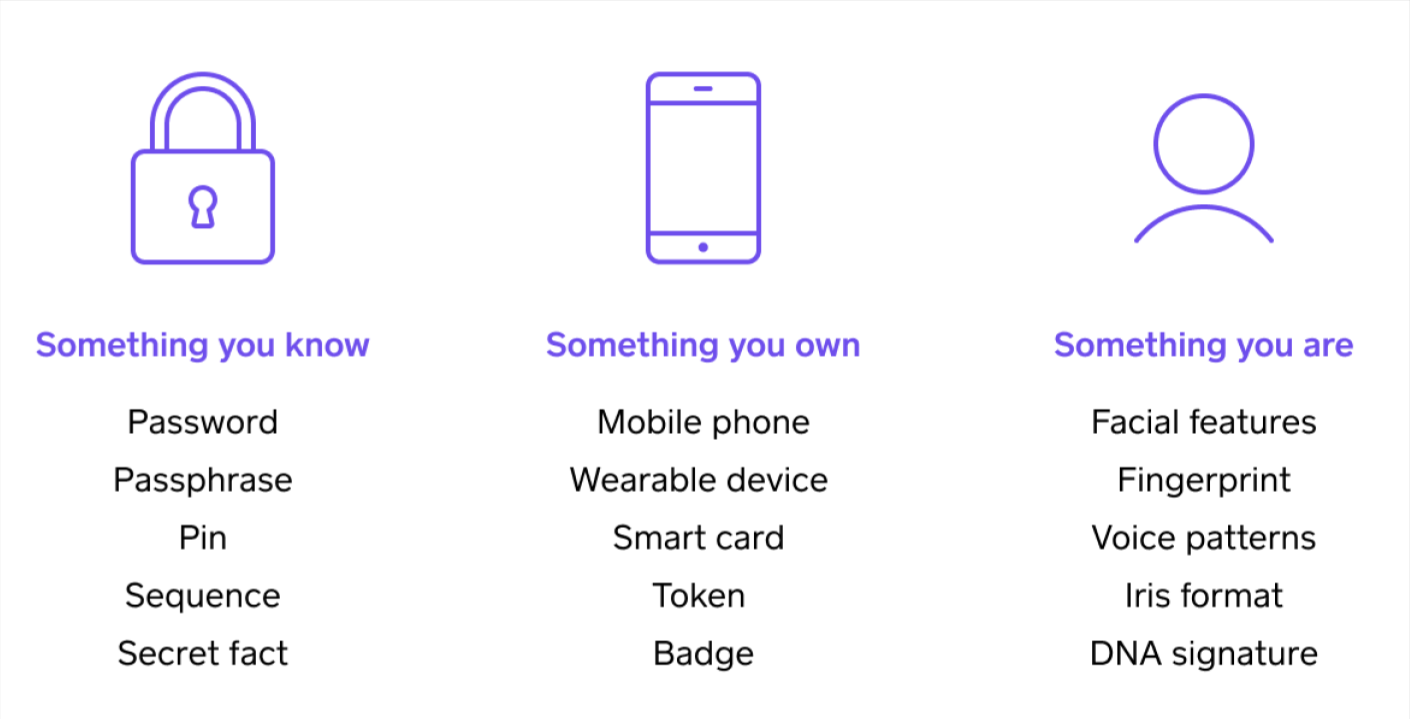
3-D Secure is a standard protocol developed by a collaboration of several payment card issuers. It defines a multi-factor authentication mechanism that can be used to satisfy authentication requirements in regions wherever Strong Customer Authentication (SCA) is required by local mandates.
3DS can also be used to authenticate buyers in countries where SCA isn't a requirement. In those countries, Square provides the 3DS mechanism for those sellers who opt to use it in Risk Manager. 3DS creates the same buyer experience regardless of whether it's initiated from an SCA-required country. For more information, see Strong Customer Authentication FAQ.
With 3DS, the liability for fraudulent chargebacks is shifted to the card issuer in most cases. This liability shift to the issuer occurs when the payment is successfully authenticated through 3DS and the card involved is a Mastercard, American Express, JCB, Visa, Diners Club International or UnionPay card. Any of these cards that can be saved on file with Square can also use 3DS. For more information, see Charge a Card on File with SCA.
Square advises all Square developers and partners operating in the European Economic Area (EEA), including the UK, or in Japan to take appropriate steps to be compliant with SCA enforcement to avoid an increase in declined payments for European or Japanese cardholders, respectively.
In the UK, banks started asking their cardholders to complete SCA, with full enforcement of the SCA requirements by March 14, 2022. Across the rest of the EEA, banks are ramping up SCA enforcement starting January 1, 2021, with a staggered ramp-up through 2021. In Japan, banks are expected to perform SCA for their cardholders starting April 1st, 2025.
Square provides SCA features for the Web Payments SDK and In-App Payments SDK within Europe, where the business taking the payment and the cardholder's bank are both in the EEA.
Note
SCA isn't required for in-person payment solutions such as the Square Point of Sale API or Reader SDK applications.
Sellers that integrate their applications with Square APIs need to flag buyer-initiated or seller-initiated payments by using the CustomerDetails object with the Payments API CreatePayment endpoint. The CustomerDetails object accepts Booleans on customer initiated payments and seller keyed-in payment details:
| Key | Value (Boolean type) |
|---|---|
customer_initiated | true or false |
seller_keyed_in | true or false |
Developers and partners that use Square developer products (such as the Web Payments SDK, In-App Payments SDK, and Square APIs) must ensure that their applications are SCA-compliant to minimize the impact of declined payments by following these guidelines:
If the buyer is present and initiates the payment, call Payments.verifyBuyer and set CustomerDetails.customer_initiated to
true.If the buyer initiates the payment, but is not present (such as for a mail order / telephone only (MOTO) payment), then you don't need to call Payments.verifyBuyer, but instead set CustomerDetails.customer_initiated to
true, and CustomerDetails.seller_keyed_in totrue.If the seller initiates the payment and the buyer is not present, then you don't need to call Payments.verifyBuyer, but instead set CustomerDetails.customer_initiated to
false.
Sellers that use Square Online and Square Invoices have their integrations managed by Square and don't need to flag transactions for SCA authentication.
Important
- SCA should be invoked through the
verifyBuyer()function only when the buyer is present and has initiated the transaction. - In the EU, payments that don't provide authentication get a
CARD_DECLINED_VERIFICATION_REQUIREDerror for transactions that require authentication. This error means that the seller didn't implementverifyBuyeron the customer-initiated payments. For more information, see VerifyBuyerError.
The SCA flow is started for a buyer if their payment card meets any of the conditions listed in the Square Risk Manager Glossary. For sellers outside of regions that require SCA, Square provides a mechanism in Risk Manager to let them opt in for 3DS on a location basis. For example, a seller might have an in-person location, an in-person and online location, and an online only location. Online payments are card-not-present payments and benefit from the added security of 3DS. In this case, a seller might opt in for 3DS in those locations.
A payment card might trigger the SCA authentication flow and verify the identity of the buyer without generating a payment alert. A payment alert is only created in Risk Manager if the payment appears to be suspicious or fraudulent. Sellers in the European Union can use Risk Manager to manage potential fraud even though 3DS is enabled for them by default.
To enable SCA, a non-EU seller uses an application integrated with a Square payments SDK to take a payment with a debit or credit card. If the application called the verifyBuyer function when getting a payment token, the seller can enable SCA in Risk Manager for the location that called the function. When enabled, SCA is active until the seller disables it. SCA cannot be enabled until verifyBuyer has been called by the application at least once.
You can also configure the application to call verifyBuyer and enable other authentication mechanisms, as the buyer verification process checks if the application has any verification method to apply to the payment. Currently, SCA is the only authentication mechanism that Square supports.
Learn how SCA works by walking through the steps in the following example:
| Step | Flow illustration |
|---|---|
| 1. Generate a token with the Square online payment SDK or in-app payment SDK. You can skip this step if you're charging a customer card on file. | 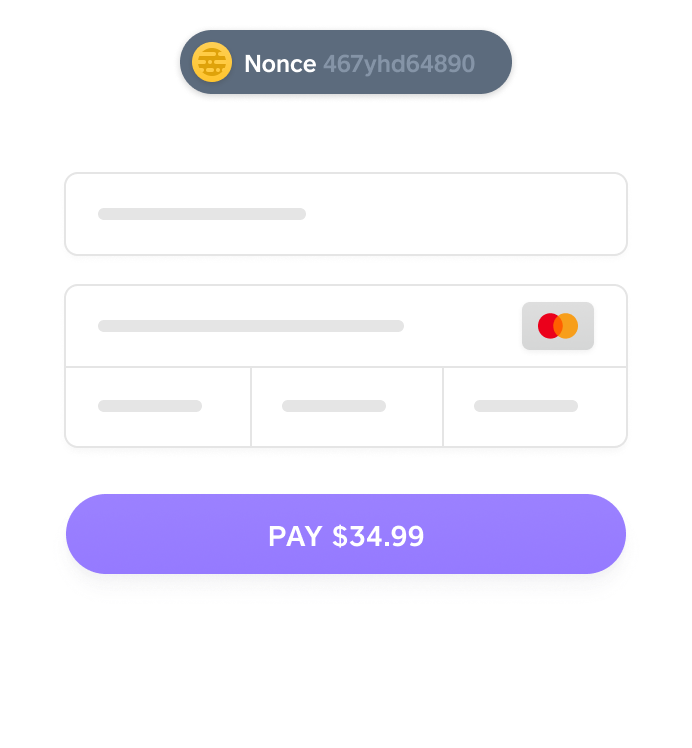 |
2. Call verifyBuyer() with the payment token or the customer card ID and the transactional details. Square collects all the required device-based information. |  |
| 3. Square automatically checks whether the transaction requires Strong Customer Authentication. | 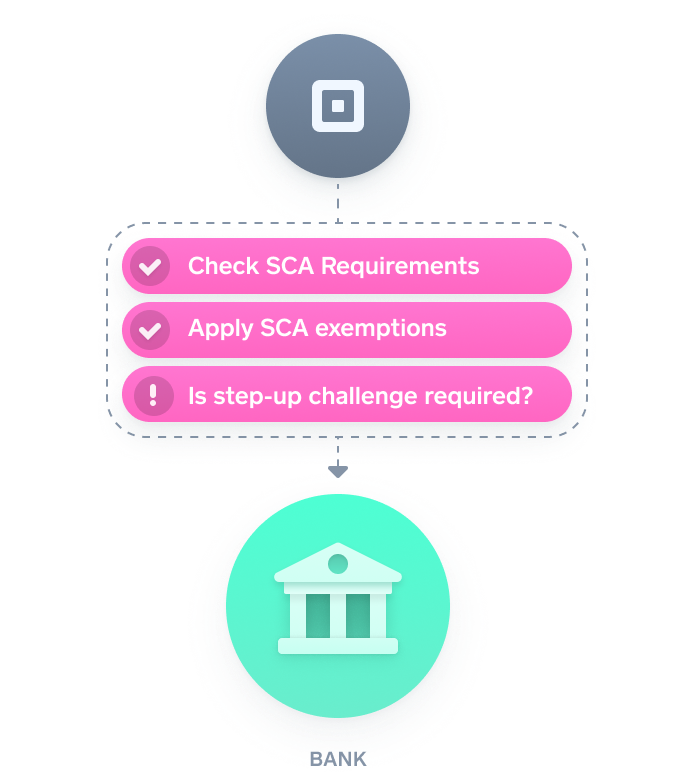 |
| 4. If a challenge is required, Square automatically displays the challenge to the buyer. | 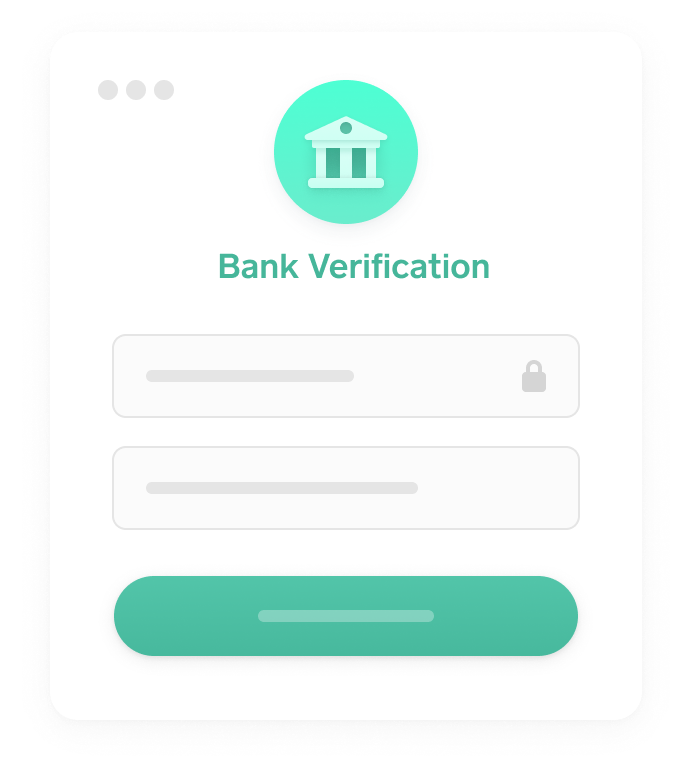 |
| 5. When the SCA process is complete, you get back a verification token. | 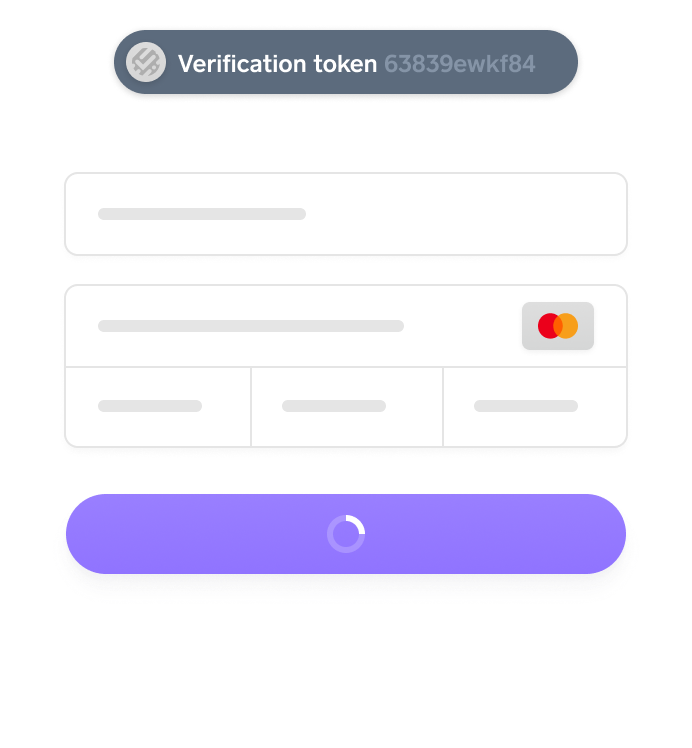 |
Important
Custom risk-score based SCA authentication private beta
If the seller has set up custom score rules and logic in Risk Manager, you can trigger SCA authentication based on the custom risk score by passing the custom risk score value in the verifyBuyer() method call with the customScore field. To try out this feature, contact your Square representative.
Implement SCA in your application to start the SCA flow by reading the following topics:
- For Web Payments SDK: Add Strong Customer Authentication to a Card Payment
- For In-App Payments SDK: Verify a Buyer